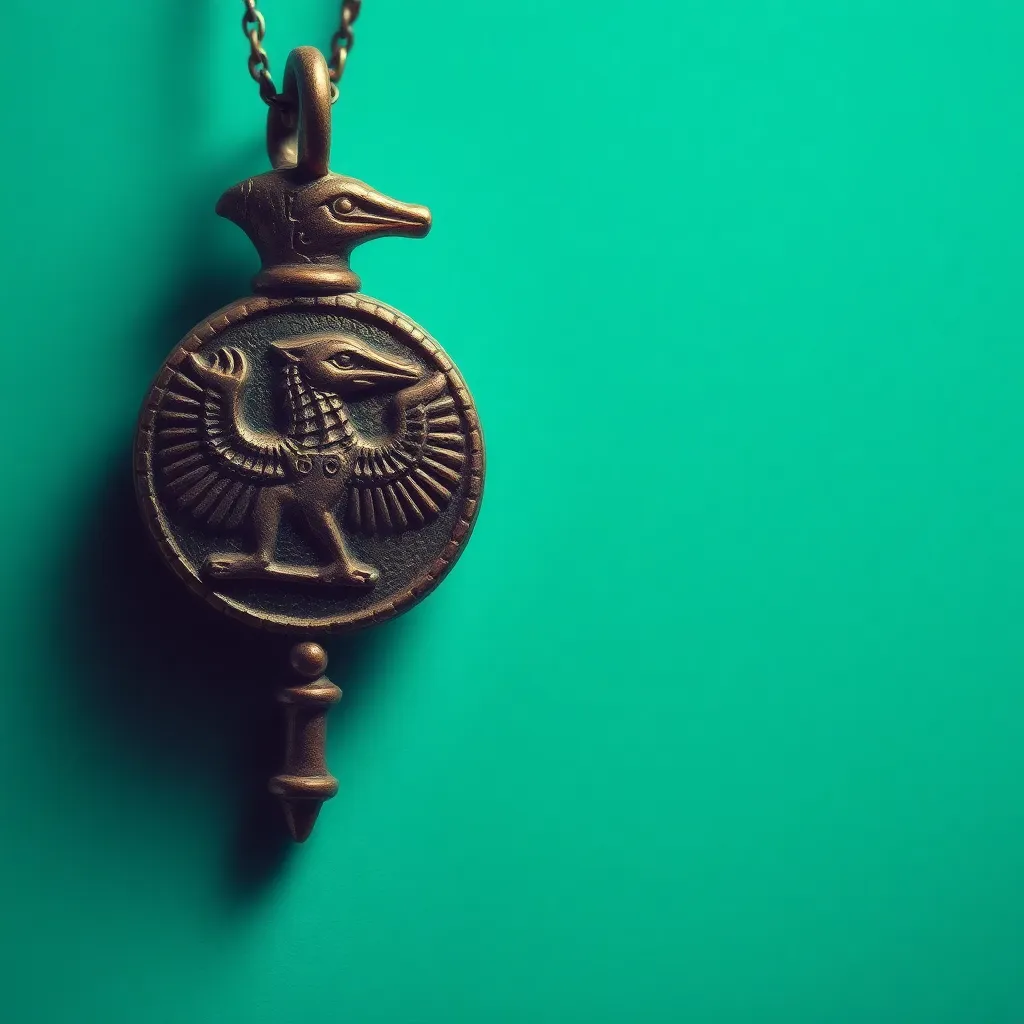Amulets of the Nile: Water Symbols in Egyptian Culture
I. Introduction
In ancient Egyptian culture, amulets played a crucial role in the spiritual and daily lives of individuals. These small objects, often inscribed with symbols and images, were believed to offer protection, healing, and luck to their wearers. Among the various forms of symbolism that permeated Egyptian amulets, water held a significant place due to its vital importance in the arid landscape of Egypt.
The Nile River was not only a source of life but also a powerful symbol of regeneration and purity. This article aims to explore the deep connection between amulets and water symbolism in ancient Egyptian culture, highlighting the historical context, cultural beliefs, and specific artifacts that illustrate this relationship.
II. Historical Context of the Nile River
The Nile River is often referred to as the lifeblood of Egypt. Spanning over 4,135 miles, it is the longest river in the world and has been integral to the development of Egyptian civilization for millennia.
- Source of Life: The Nile provided water for drinking, farming, and transportation, allowing agriculture to flourish in an otherwise desert region.
- Agriculture: The annual flooding of the Nile deposited nutrient-rich silt onto the land, making it possible to cultivate crops such as wheat, barley, and flax.
- Trade Routes: The river served as a major trade route, facilitating commerce and the exchange of goods between different regions.
Culturally, the Nile was revered as a divine entity, with numerous deities associated with its waters. The Egyptians believed that the river was a manifestation of the god Hapi, who was depicted as a man with a potbelly, symbolizing abundance and fertility.
III. The Role of Amulets in Egyptian Society
Amulets were an essential aspect of ancient Egyptian life, imbued with protective qualities. They varied widely in form and function:
- Types of Amulets: Common amulets included the Ankh (symbolizing life), the Eye of Horus (protection), and scarabs (rebirth).
- Functions: Amulets served multiple purposes, such as safeguarding individuals from harm, aiding in healing, and attracting good fortune.
- Crafting Process: Skilled artisans crafted amulets from various materials, including stone, metal, and clay, often inscribing them with sacred texts to enhance their potency.
IV. Water Symbols in Egyptian Mythology
Water was not only significant in a practical sense but also held profound symbolic meaning within Egyptian mythology:
- Key Deities:
- Hapi: The god of the Nile, representing fertility and abundance.
- Nun: The primordial god of the waters, embodying chaos and the source of creation.
- Myths and Stories: Various myths illustrate the importance of water, such as the creation myth where the universe emerged from the waters of Nun.
- Symbolism: Water represented life, purity, and renewal, often seen as a cleansing force that could wash away sin and negativity.
V. Specific Amulets Representing Water
Certain amulets explicitly represented water and its associated symbolism:
- The Ankh: Often depicted alongside water symbols, the Ankh represents eternal life and is frequently associated with the life-giving properties of water.
- Water Lilies: The blue lotus (Nymphaea caerulea) was sacred in ancient Egypt, symbolizing rebirth and enlightenment, often depicted in art and used in amulets.
These amulets were typically crafted from materials like faience, a glazed ceramic, which was favored for its bright colors and reflective qualities, symbolizing the shimmering waters of the Nile.
VI. Rituals and Practices Involving Water Amulets
Amulets associated with water were often incorporated into various rituals and practices:
- Rituals for Blessing: Priests would perform ceremonies to bless and activate water amulets, invoking the deities of the Nile for protection and favor.
- Funerary Practices: Water played a significant role in mummification and burial rites, with water symbols included in grave goods to ensure safe passage to the afterlife.
- Contemporary Practices: Many modern Egyptians still honor the traditions of their ancestors, using water symbols in amulets for protection and blessings.
VII. Archaeological Discoveries and Modern Interpretations
Archaeological excavations have uncovered numerous water amulets, providing insights into their significance:
- Notable Finds: Artifacts from tombs, including amulets shaped like the Ankh and water lilies, have been discovered, revealing their importance in funerary contexts.
- Insights from Studies: Research into these artifacts has enhanced our understanding of the symbolic relationship between water, life, and spirituality in ancient Egypt.
- Modern Interpretations: Contemporary Egyptologists continue to explore the meanings behind these symbols, integrating ancient beliefs with modern spiritual practices.
VIII. Conclusion
Water symbols in Egyptian amulets reflect the deep interconnectedness of nature, spirituality, and protection in ancient Egyptian culture. The Nile River, as a source of life and prosperity, inspired a rich tapestry of beliefs and practices that have endured through the centuries.
The legacy of these symbols continues to resonate in contemporary culture, reminding us of the importance of water as a life-giving force. As we explore the significance of these ancient amulets, we gain a greater appreciation for the intricate ways in which the Egyptians understood and revered their environment.




